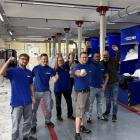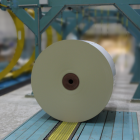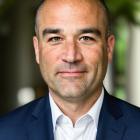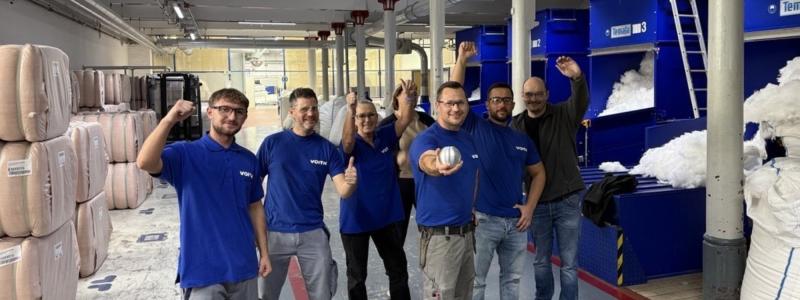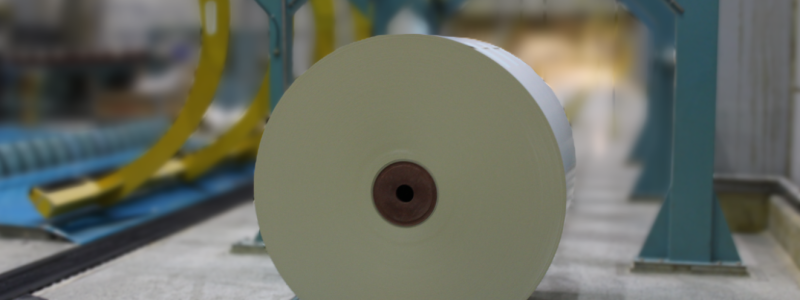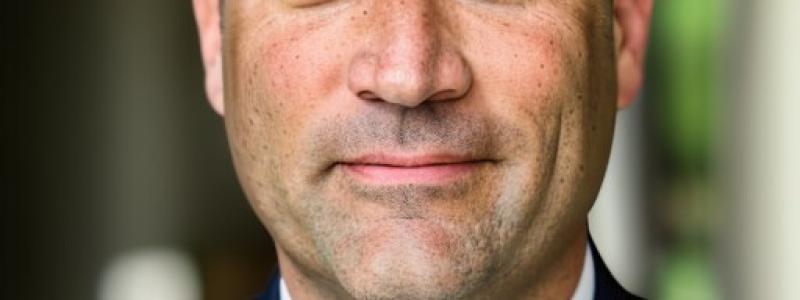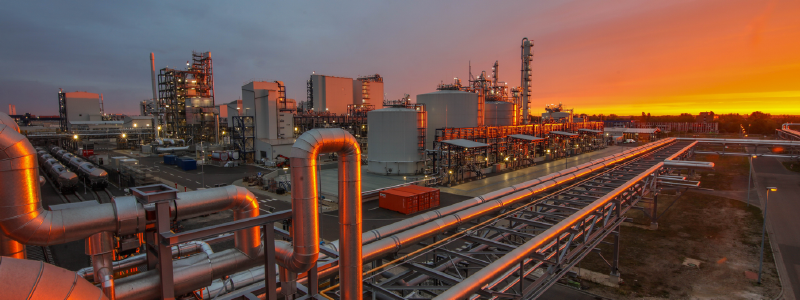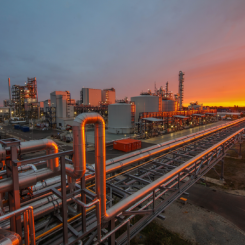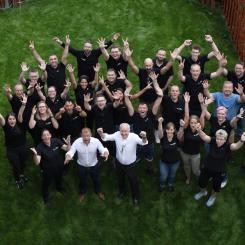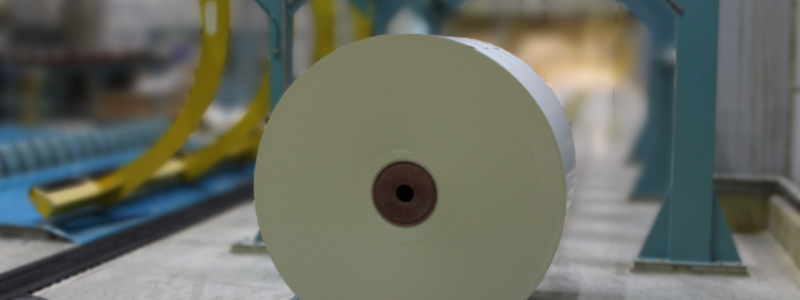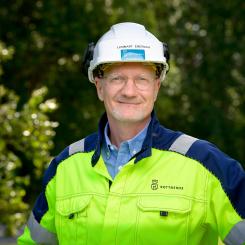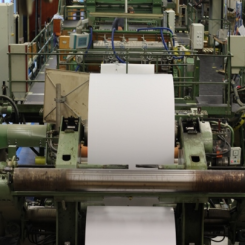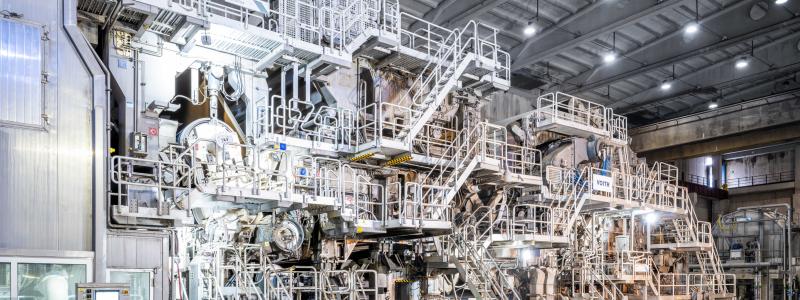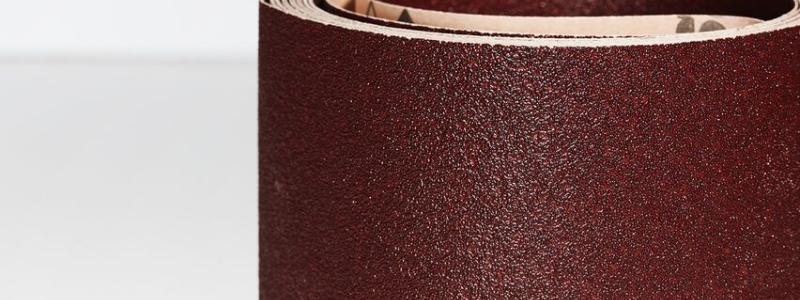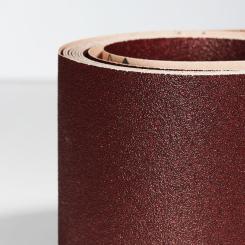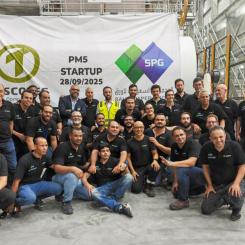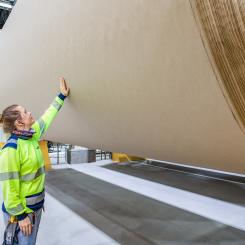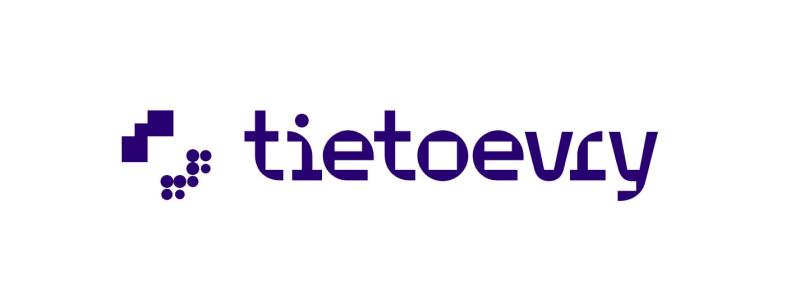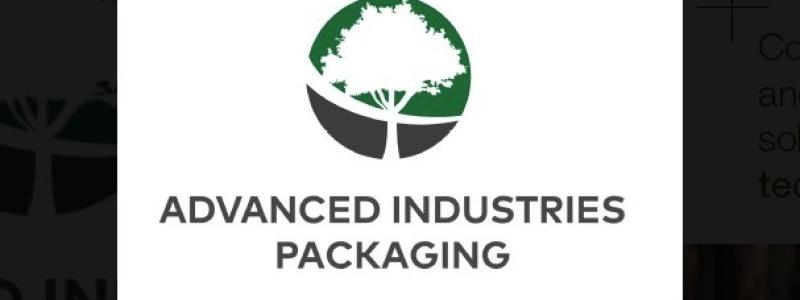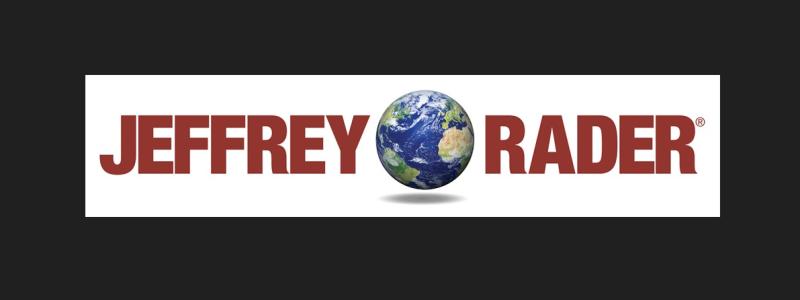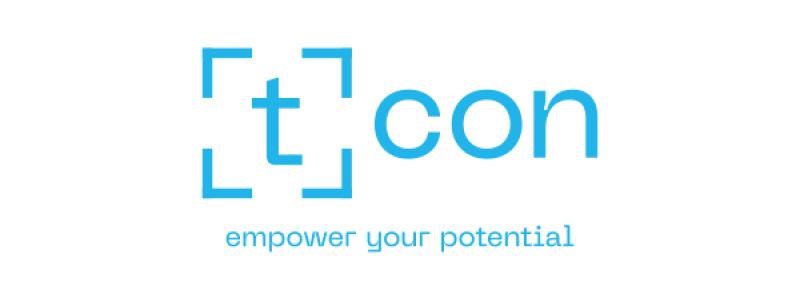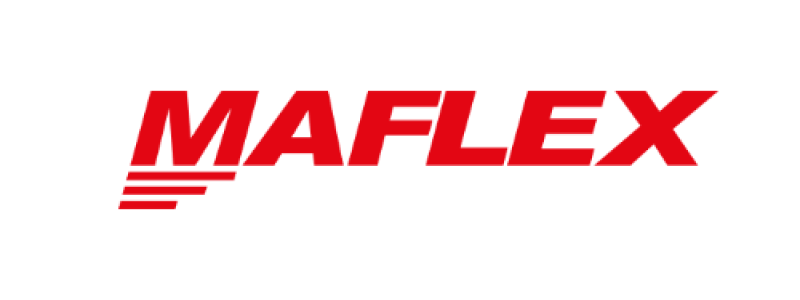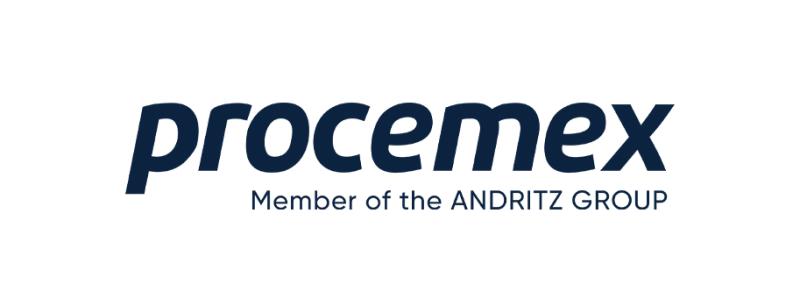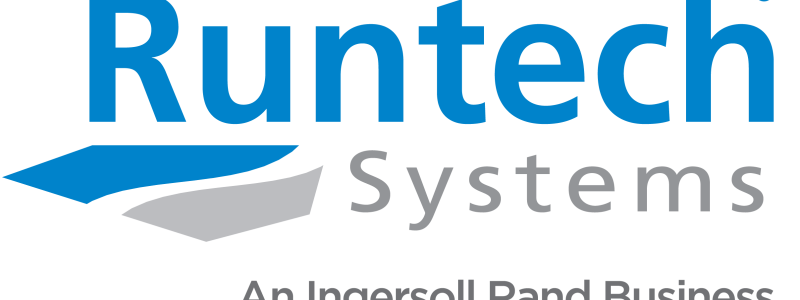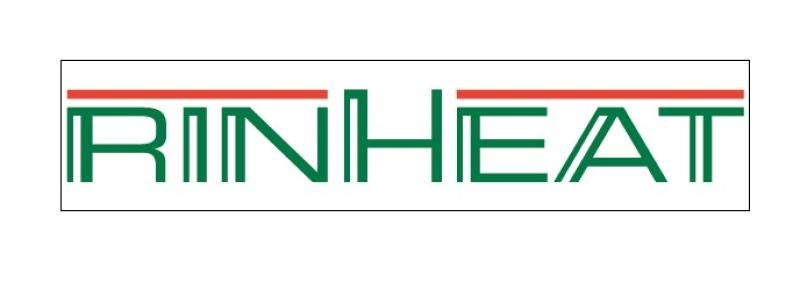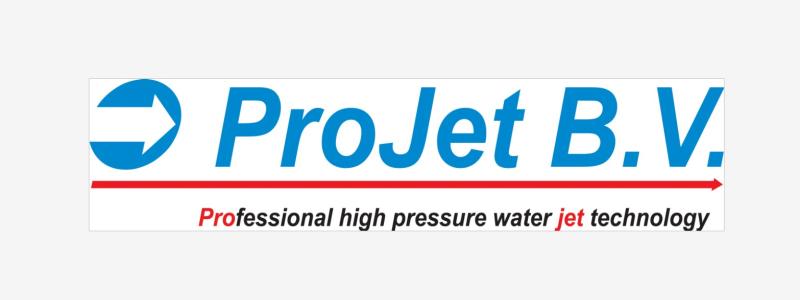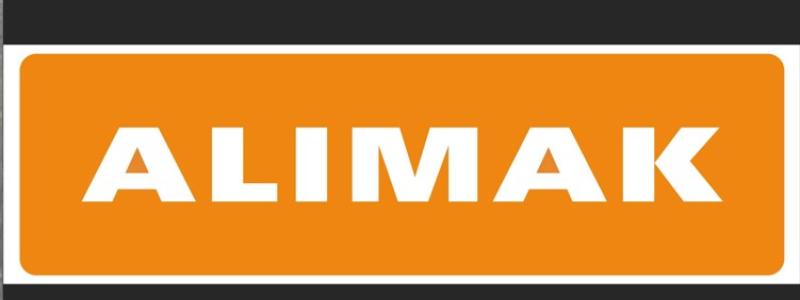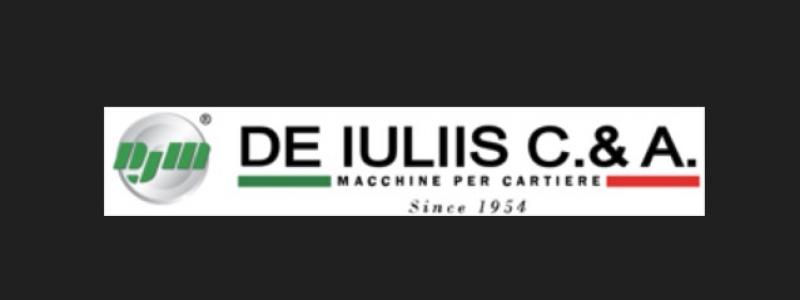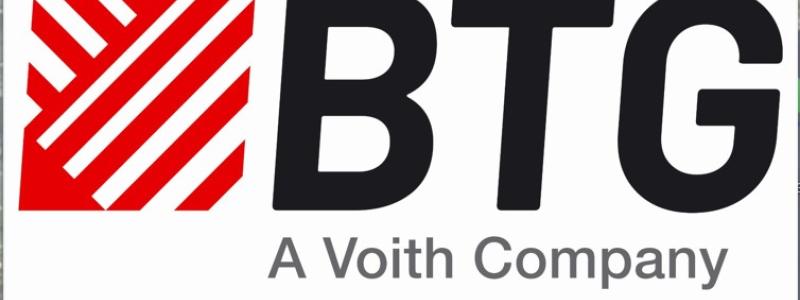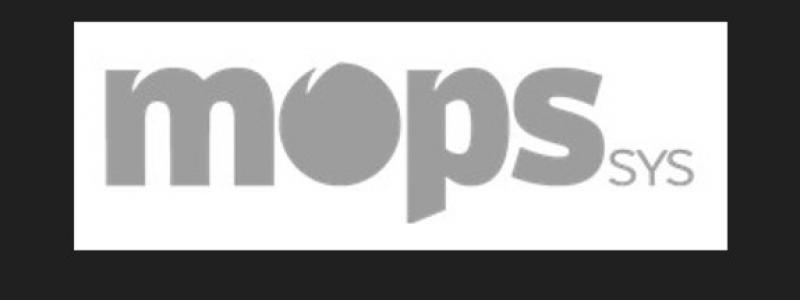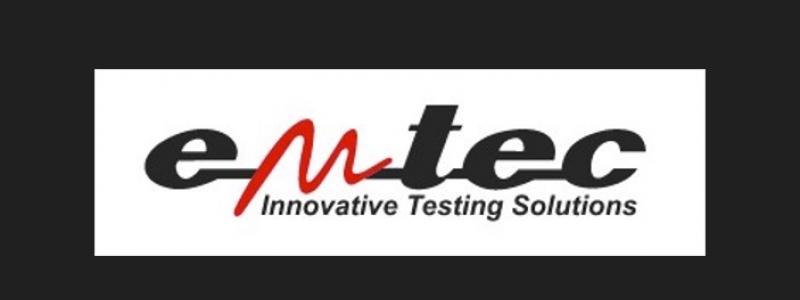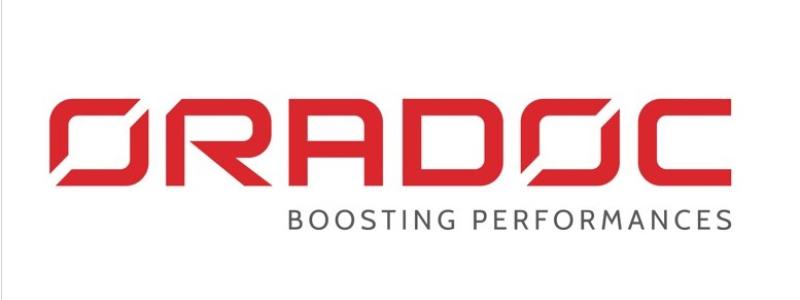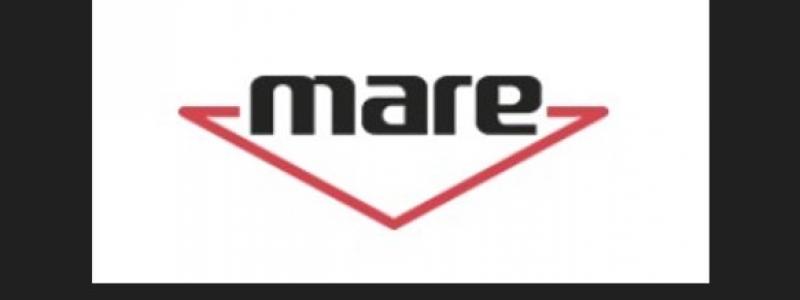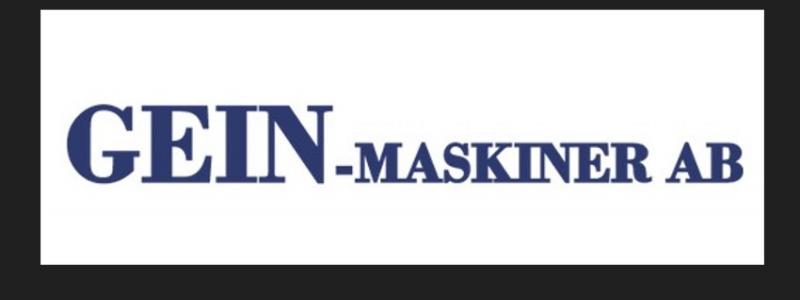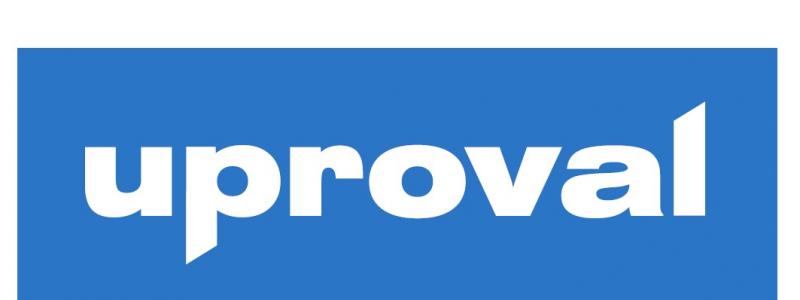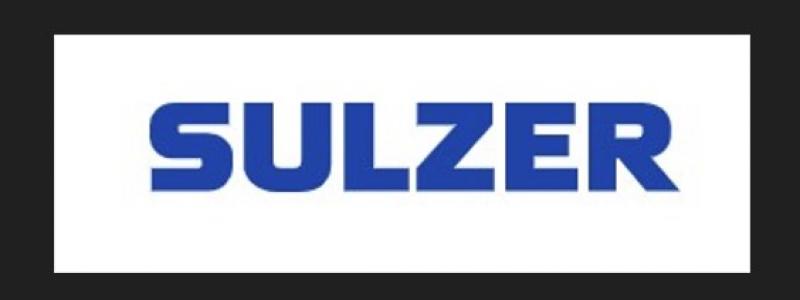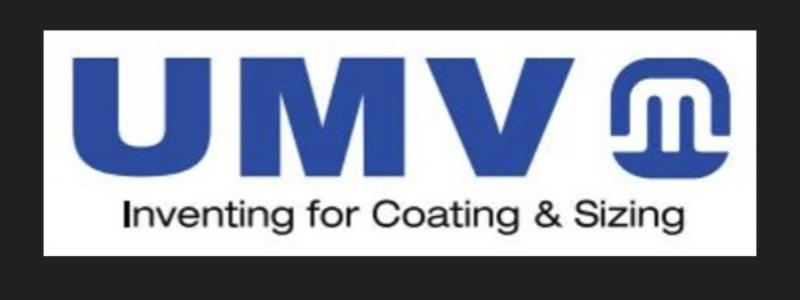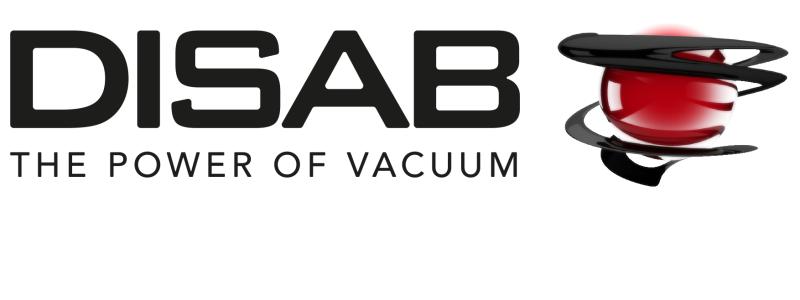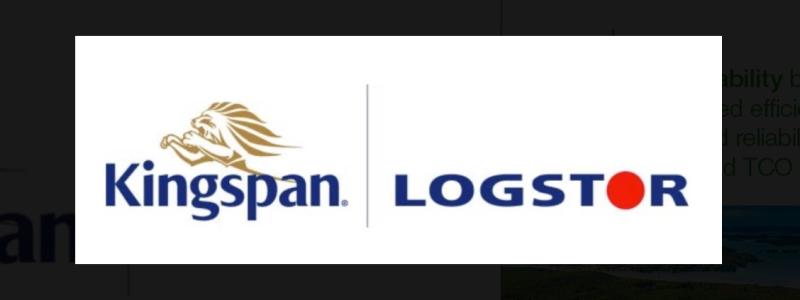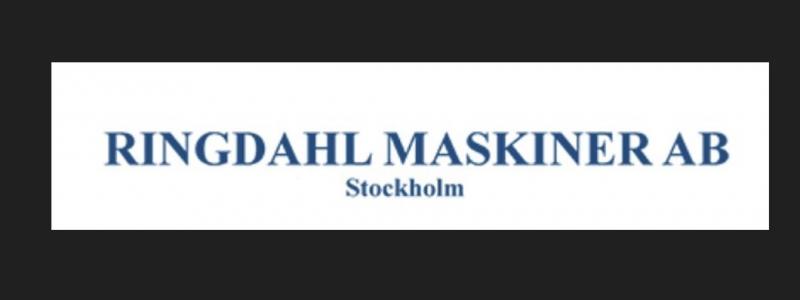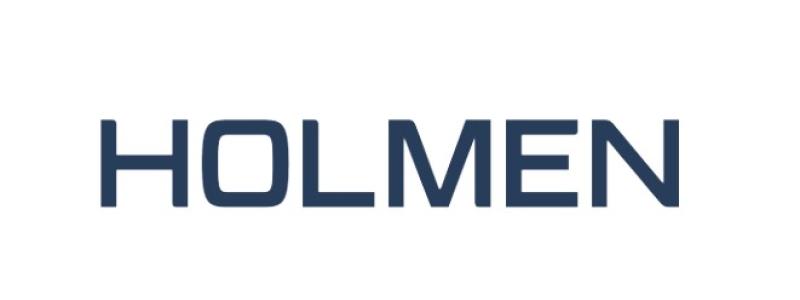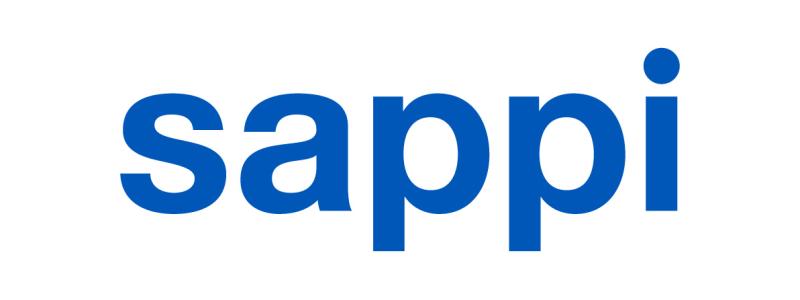Borregaard ASA and Rayonier Advanced Materials Inc. announced today the companies have secured the necessary approvals from their Boards of Directors and the appropriate permits to proceed with the investment for construction of a new lignin facility at RYAM's Fernandina Beach site in Florida. The venture, named LignoTech Florida (LTF), will serve the growing global demand for natural lignin-based products.
Lignin, a natural component of wood, is a co-product of RYAM's sulphite cellulose manufacturing process. The new operation will process the lignin into value-added products that provide environmentally-friendly alternatives to fossil fuel-based products used globally in construction, agriculture and other industrial applications.
The plant is expected to be constructed at a cost of $135 million over two phases of the project. Phase one, which will deliver a lignin capacity of 100,000 metric tons, is estimated to cost $110 million. An estimated incremental $25 million will be required in phase two to increase the total capacity to 150,000 metric tons.
Construction for the project is expected to begin shortly with operations beginning approximately 18 months after the commencement of construction.
LTF received unwavering support from local city, county and state officials during the evaluation phase of the process. The economic and logistical support provided by local and state governments helped to bring this investment into the community and is expected to create more than 50 new high-paying jobs. A study commissioned by Nassau County determined the facility will produce an annual economic impact on the region of more than $28 million.
LTF will be owned 55 percent by BRG and 45 percent by RYAM. BRG will provide its market leading technical knowledge and global sales distribution network, while RYAM will supply the raw material, site services and other support. The parties expect to finance about half of the $110 million investment for phase one. Financing will reduce the capital required by BRG and RYAM pro rata based on their ownership levels. Investment returns for the project are expected to exceed a mid-teens return hurdle for the investors.

